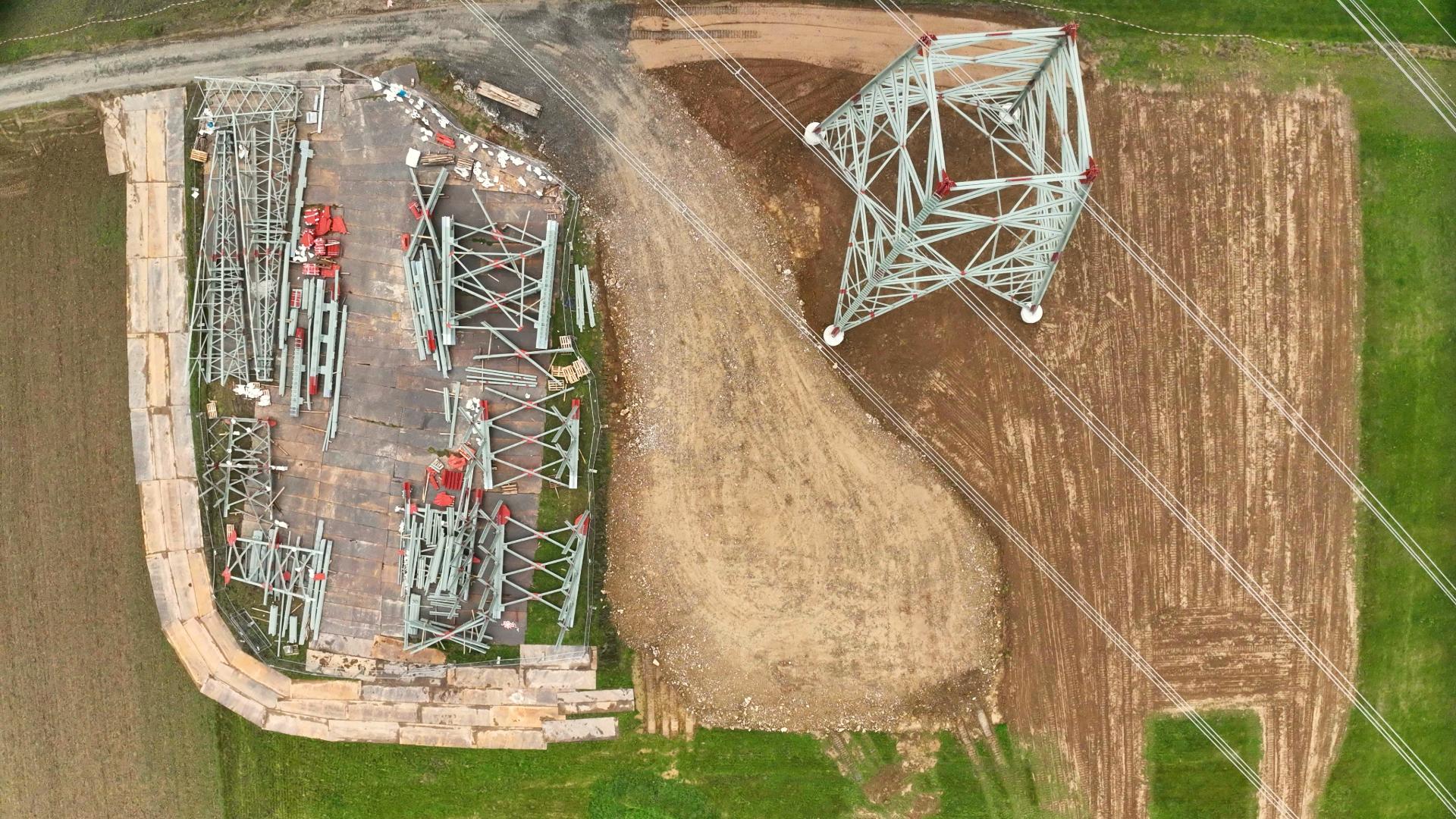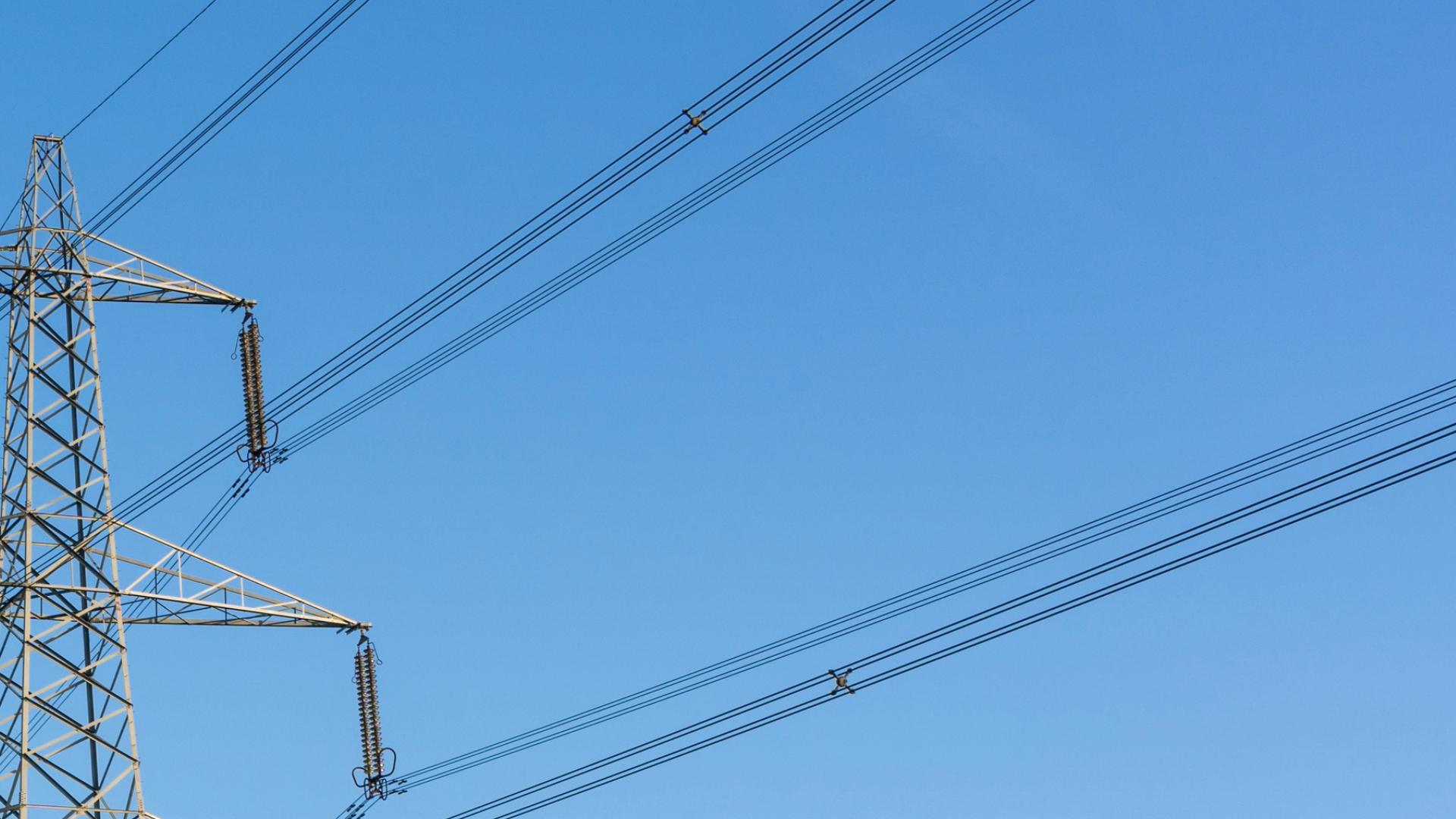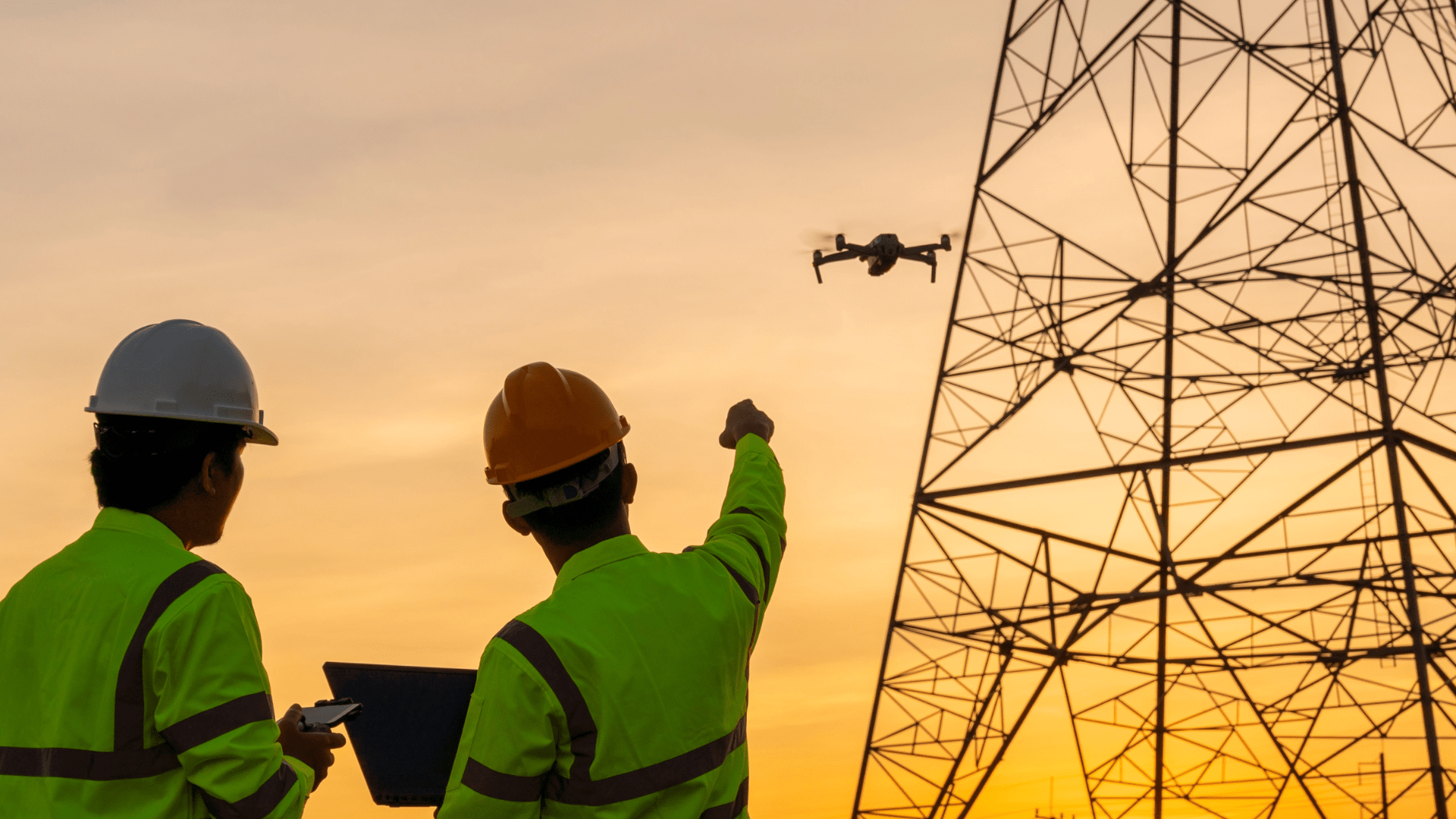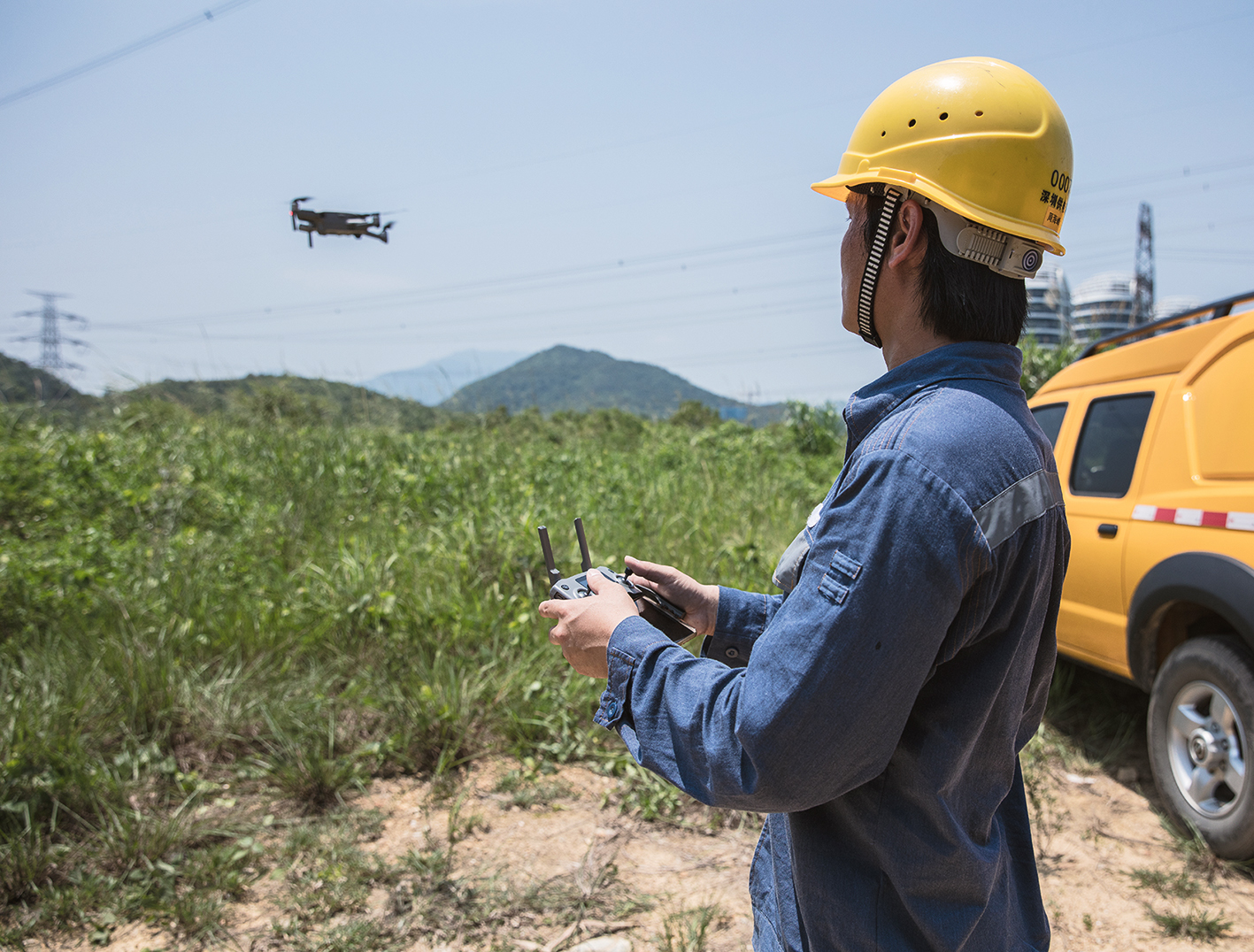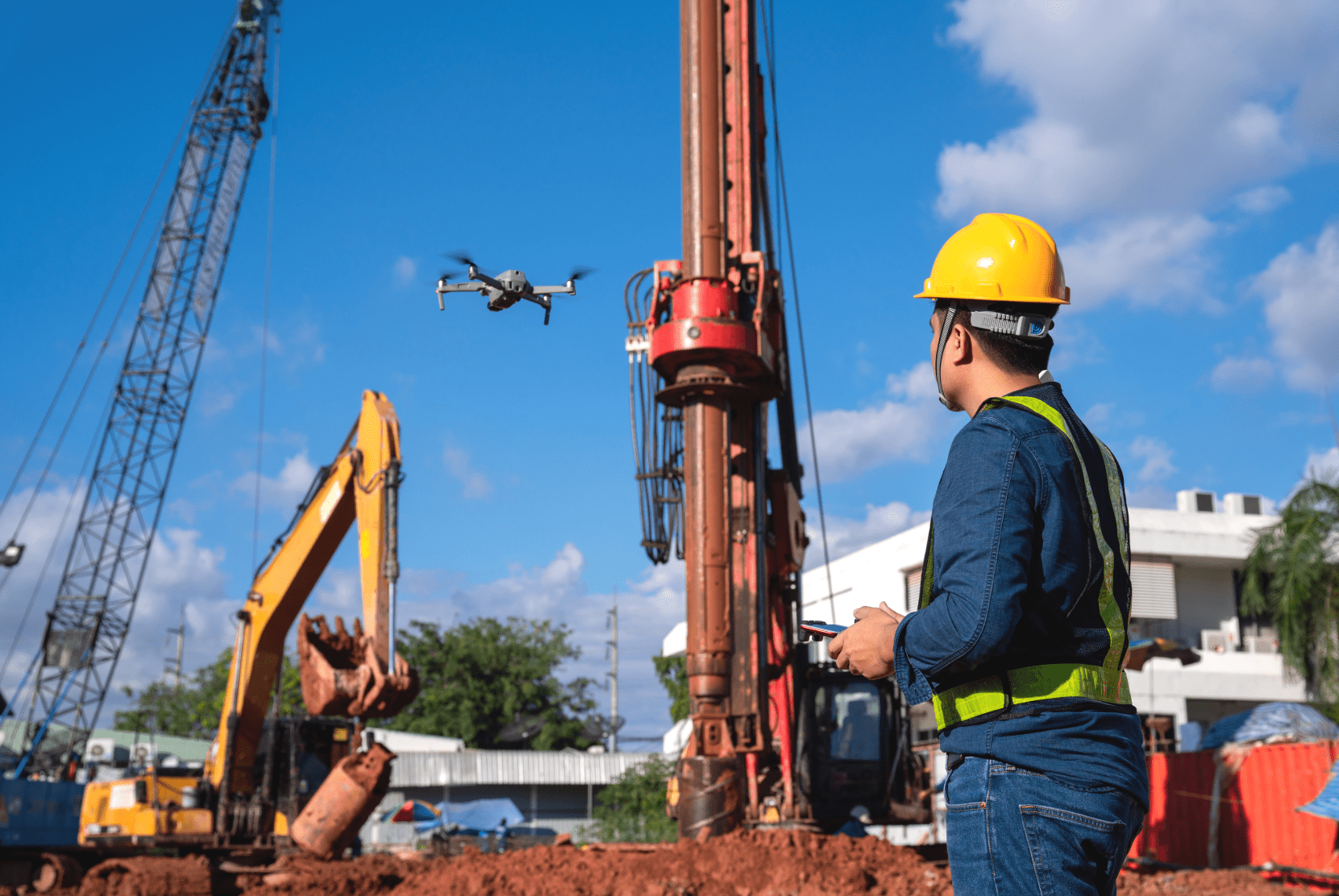Warum Vorsicht besser als Nachsicht ist
Die Verkehrssicherungspflicht ist besonders in der Immobilienwirtschaft ein Thema, das eine unbestreitbare Relevanz besitzt. Wir erklären, warum Vorsicht besser als Nachsicht ist. Außerdem zeigen wir auf, wie Unternehmen dem steigenden Bedarf an Dach- und Fassadeninspektionen nachkommen können.
Gesetzlich vorgeschriebene Verkehrssicherungspflicht
In Deutschland ist die Verkehrssicherung auf Grundlage des Bürgerlichen Gesetzbuches (BGB) geregelt. Sie bedeutet ein Mindestmaß an Schutz, den Vermieter ihren Mietern und der Öffentlichkeit gegenüber gewährleisten müssen. In der Regel besteht die Verkehrssicherung darin, dass periodisch Inspektionen durchgeführt werden, bei denen die Qualität und Integrität von Gebäuden, Strukturen und Anlagen überprüft werden.
Besonders im Winter ein Muss
Gerade jetzt in der kalten und oft auch stürmischen Jahreszeit hat die Verkehrssicherungspflicht eine erhöhte Relevanz für Immobilienunternehmen. Denn wer im Sommer nicht aufgepasst hat, dem fliegen jetzt die Dachziegel oder losen Äste um die Ohren. Aber auch Nässe und Frostschäden drohen, sofern Inspektionen nicht regelmäßig und ordnungsgemäß durchgeführt wurden. Eine Angelegenheit, die schnell unangenehm und teuer werden kann. So haften Eigentümer und Verwalter in dem Zusammenhang mit Geld- oder sogar Freiheitsstrafen für Personen- und Sachschäden.
Manuelle Inspektionen nicht mehr leistbar
Bisher wurden Inspektionen oft manuell durchgeführt. Dabei haben Mitarbeiter die Gebäude und Anlagen persönlich besucht und jedes Element visuell inspiziert, um nach Schäden oder Verschleißerscheinungen zu suchen. Die erfassten Informationen wurden dann in Papierform oder mithilfe von Tabellenkalkulationsprogrammen verwaltet. Dieses Verfahren ist nicht nur zeit- und kostenaufwendig, sondern auch in Zukunft aufgrund des sich zuspitzenden Fachkräftemangels nicht mehr leistbar. Aus diesem Grund setzen immer mehr Unternehmen aus verschiedensten Branchen auf automatisierte und digitalisierte Prozesse.
Die Antwort: Digitalisierte und automatisierte Prozesse
Digitalisierte Inspektionen sind aufgrund des immer gleichen Prozessablaufs effizienter, präziser und sicherer. Dabei macht die Automatisierung der Prozesse Arbeitsabläufe vorhersehbar und nachvollziehbar. Auch die Überwachung und Dokumentation der Prozesse wird durch den Einsatz von digitalen Lösungen einfacher. Dies verbessert zudem die Kommunikation zwischen Mitarbeitern und Mietern, da Informationen leichter aufgenommen, gespeichert und geteilt werden. Schließlich können auf diese Weise Schäden und Mängel schneller erkannt und behoben werden.
So gelingt der Umstieg
Die Verwendung der richtigen Software ist bei dem Umstieg auf digitale Inspektionsverfahren von entscheidender Bedeutung. Aus diesem Grund sollten Unternehmen zunächst eine Bestandsaufnahme ihrer aktuellen Inspektionsverfahren und -prozesse durchführen und herausfinden, welche Funktionen und Werkzeuge für die digitale Inspektion benötigt werden. Für einen erfolgreichen Umstieg sollte die eingesetzte Software nicht nur leicht zu verstehen und zu bedienen sein, sondern auch nahtlos in das bestehende IT- und Geschäftsumfeld des Unternehmens integrierbar sein.
Auf eine end-to-end Lösung setzen
Eine end-to-end-Plattform für digitale Inspektionen hat viele Vorteile. Zunächst bietet eine solche Plattform eine integrierte und umfassende Lösung, die alle notwendigen Funktionen und Werkzeuge für die digitale Inspektion enthält. Die FlyNex Plattform ermöglicht es Unternehmen zum Beispiel, alle Schritte der Inspektion – von der Planung über die Datenerfassung bis hin zur Analyse und Auswertung – auf einer einzigen Plattform zu managen.
Individualität ist der Schlüssel
Weiterhin bietet die FlyNex Software auch eine hohe Flexibilität und Anpassungsfähigkeit. Unternehmen können die Plattform leicht an ihre individuellen Bedürfnisse und Anforderungen anpassen und neue Funktionen und Werkzeuge hinzufügen, wenn sie benötigt werden. Darüber hinaus bieten end-to-end-Plattformen auch eine hohe Skalierbarkeit und Zuverlässigkeit. Unternehmen können die Plattform leicht skalieren und erweitern, um mehr Nutzer, Gebäude und Anlagen zu verwalten, ohne dass die Leistung und Sicherheit beeinträchtigt werden.
Fazit
Schneller, effizienter, präziser – wer aufmerksam gelesen hat, stellt fest, dass die Digitalisierung von Inspektionsprozessen nicht nur Immobilienunternehmen dabei hilft, der Verkehrssicherungspflicht nachzukommen. Vielmehr helfen automatisierte Inspektionen anlagenintensiven verschiedenster Branchen dabei, datenbasierte Entscheidungen zu treffen und somit zukunftsfähig zu bleiben.
Haben Sie Fragen dazu, wie Sie mit FlyNex den Umstieg auf digitalisierte und automatisierte Inspektionsverfahren in Ihrem Unternehmen umsetzen können? Kontaktieren Sie uns mit Ihrem Anliegen.
Wir freuen uns, von Ihnen zu hören.
Ihr FlyNex Team
